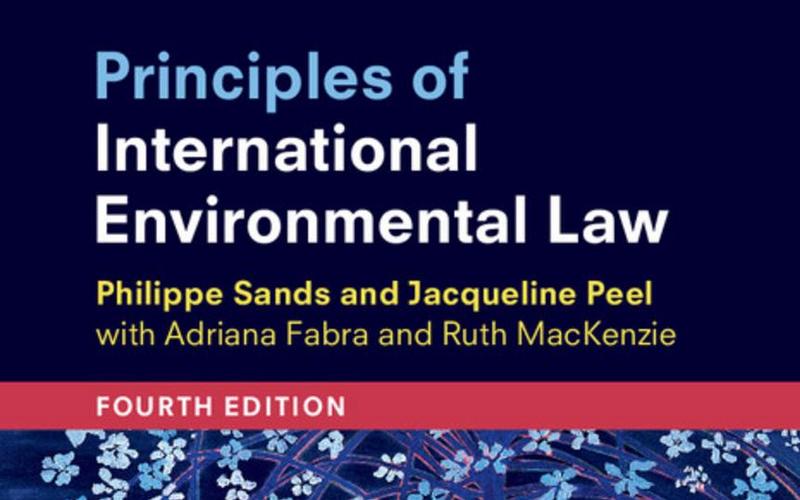Principles of International Environmental Law
The fourth edition of the Cambridge University Press publication, by Philippe Sands and Jacqueline Peel, with Adriana Fabra and Ruth MacKenzie

1 March 2018
It is widely recognised that the planet faces serious environmental challenges that can only be addressed through international cooperation. Climate change and ozone depletion, loss of biodiversity, toxic and hazardous pollution of air and sea, pollution of rivers and depletion of freshwater resources are among the issues that international law is called upon to address.
In its fourth edition, 'Principles of International Environmental Law' affirms the consolidation of international environmental law as a central part of the international legal order. Major treaty regimes cover virtually all environmental issues, with new treaties now in place for mercury pollution and climate change.
Case law on environmental and natural resources issues continues to grow, and there is considerable evidence that practitioners and judges are engaging more fully with questions regarding science and expert evidence in factually complex and technical disputes. In the period since the third edition, linkages between international environmental law and other areas of international law have deepened and broadened.
More than ever, the subject of international environmental law is approaching a critical point: can it deliver real protections, or will its impact be merely marginal or cosmetic?
 Close
Close

